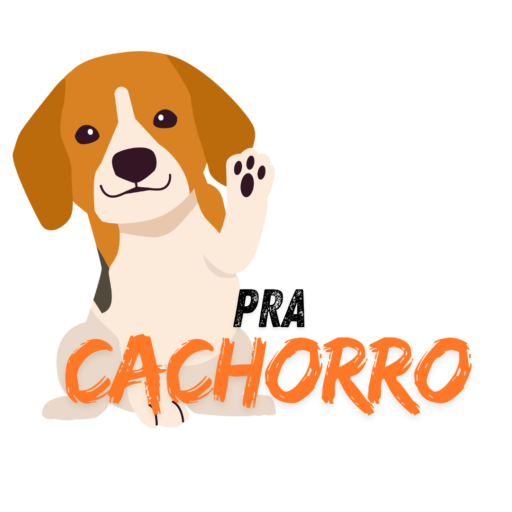When it comes to caring for our pets, dental health is often overlooked. But just like humans, dogs need regular oral hygiene to stay healthy and live longer. Poor dental care can lead to tartar buildup, gum disease, tooth loss, and even more serious health problems that affect major organs.
In this guide, you’ll learn why dental hygiene is vital for dogs, how to properly brush your dog’s teeth, and other helpful tips to keep their mouth clean and their tail wagging.
🦷 Why Dental Health Is Important for Dogs
A dog’s mouth is directly linked to their overall well-being. Without proper dental care, bacteria can build up in the mouth, leading to not just oral health issues but also systemic illnesses. Here are some common dental problems in dogs:
🚨 Potential Dental Problems
- Bad breath (halitosis): One of the first warning signs of dental trouble.
- Gingivitis: Gum inflammation that causes pain, swelling, and sensitivity.
- Tooth loss: Severe decay or untreated gum disease can lead to missing teeth.
- Organ damage: Bacteria from the mouth can enter the bloodstream and affect the heart, liver, and kidneys.
🐾 Pro Tip: Starting a dental care routine while your dog is still a puppy helps build healthy habits and prevents problems in adulthood.
🪥 How to Brush Your Dog’s Teeth: Step-by-Step Guide
Brushing your dog’s teeth may sound tricky at first, but with the right tools, technique, and patience, it can become a quick and easy part of your dog care routine.
✅ Step 1: Use the Right Products
- Choose a dog-specific toothbrush or a silicone finger brush.
- Only use toothpaste made for dogs—human toothpaste contains fluoride and xylitol, which are toxic to dogs.
✅ Step 2: Get Your Dog Comfortable
Let your dog sniff and taste the dog toothpaste from your finger before using the brush. This positive association makes the process easier.
✅ Step 3: Start Slowly and Gently
Begin by brushing just the front teeth with small circular motions. Gradually move to the back teeth as your dog becomes more comfortable.
✅ Step 4: Offer a Reward
After brushing, give your dog a treat, praise, or cuddle. Positive reinforcement helps turn brushing time into a bonding experience.
📅 How often? Ideally every day, but brushing 2–3 times a week can still significantly improve dental health.
🧼 Alternative Ways to Improve Your Dog’s Oral Hygiene
Brushing is the gold standard, but combining it with other methods makes oral care even more effective:
🦴 Dental Treats & Chew Toys
- Designed to help scrape away plaque and tartar while satisfying your dog’s urge to chew.
- Choose vet-approved options for best results.
🍽️ Dental Diets
- Some dog foods are specially formulated to reduce tartar buildup through kibble texture or added ingredients.
💧 Water Additives & Oral Rinses
- Add to your dog’s water bowl to help freshen breath and reduce bacteria between brushing sessions.
🩺 Regular Vet Visits
- Your vet can perform professional cleanings and checkups, usually recommended once a year, or more often if needed.
🎉 Benefits of Good Canine Oral Health
Keeping your dog’s teeth clean does more than freshen their breath—it enhances their entire life.
Top Benefits:
- 🐾 Pain prevention: No more sore gums or infected teeth.
- 🐶 Fresher breath: A more pleasant companion up close!
- ❤️ Longer life: Reduces the risk of systemic disease.
- 🧠 Better mood and activity: Dogs with healthy mouths are more playful and energetic.
🐕 Final Thoughts: A Healthy Mouth Means a Happier Dog
Your dog’s dental health is just as important as their diet or exercise routine. Regular brushing, combined with dental treats, oral rinses, and vet checkups, can prevent painful conditions and ensure your furry friend stays healthy, active, and happy.
With consistency and a bit of patience, brushing your dog’s teeth can become a simple and rewarding habit for both of you. Plus, it’s a great way to show your dog how much you care—one brush at a time.
🙋♀️ Dog Dental Care FAQ
1. How often should I brush my dog’s teeth?
Ideally, daily brushing is best. But brushing 2–3 times per week can still make a big difference in preventing dental disease.
2. Can I use human toothpaste on my dog?
No! Human toothpaste contains fluoride, xylitol, and other toxic ingredients. Always use toothpaste designed for dogs.
3. My dog hates brushing. What should I do?
Start slow. Let your dog sniff the toothpaste, reward them with treats, and use gentle motions. Be patient—most dogs get used to it over time with positive reinforcement.
4. Are dental toys and treats enough?
No, they help but don’t replace brushing. Use them as supplements, not substitutes. Brushing remains the most effective way to remove plaque.
5. When should I take my dog to the vet for a dental cleaning?
If your dog has bad breath, red gums, visible tartar, or yellow teeth, schedule a vet visit. Many dogs benefit from a professional dental cleaning once a year.



